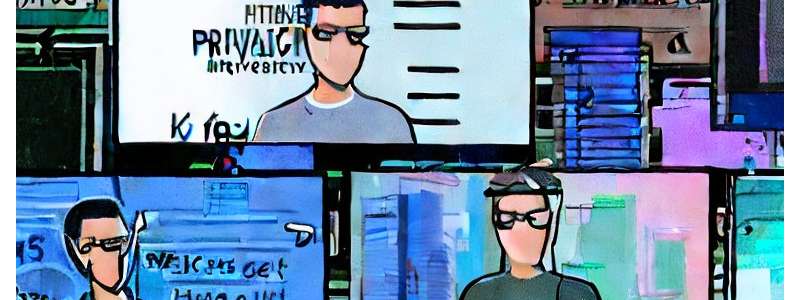
Informatik-Kolloquium: Interactive, feature-based 3-D visualization for rapid exploration of gridded atmospheric data
Visualization is an important and ubiquitous tool in the daily work of atmospheric researchers and weather forecasters to analyse data from simulations and observations. In this talk, I will present recent and ongoing work we are conducting at the Universität Hamburg’s Visual Data Analysis Group with respect to interactive 3-D visualization and feature detection using gridded atmospheric data. This includes methods for detection and interactive visual analysis of 3-D atmospheric fronts, as well as interactive 3-D analysis of simulated clouds and other volumetric data. Our methods are integrated into “Met.3D”, our open-source research software that makes novel interactive, 3-D, feature-based, and ensemble visualization techniques accessible to the meteorological community (https://met3d.wavestoweather.de). Since its first public release in 2015, Met.3D has been advanced within the German research projects “Waves to Weather (W2W)” and “Climate, Climatic Change, and Society (CLICCS)” and has evolved into a feature-rich visual analysis tool facilitating rapid exploration of gridded atmospheric data.
Speaker: Dr. Marc Rautenhaus
Bio:
Marc Rautenhaus leads the Visual Data Analysis Group at the Regional Computing Centre of Universität Hamburg. His research interests lie at the intersection of visual computing and weather and climate research, focussing on interactive 3-D visualization, feature detection, weather forecasting, and research software development of the meteorological interactive 3-D ensemble visualization framework Met.3D. He holds a master’s degree in Atmospheric Science from the University of British Columbia, Canada, and a PhD in Computer Science from the Technical University of Munich. Previous posts include researcher/postdoc positions at the German Aerospace Centre (DLR) and the Technical University of Munich.
Institution
- Computer Networks UHH
